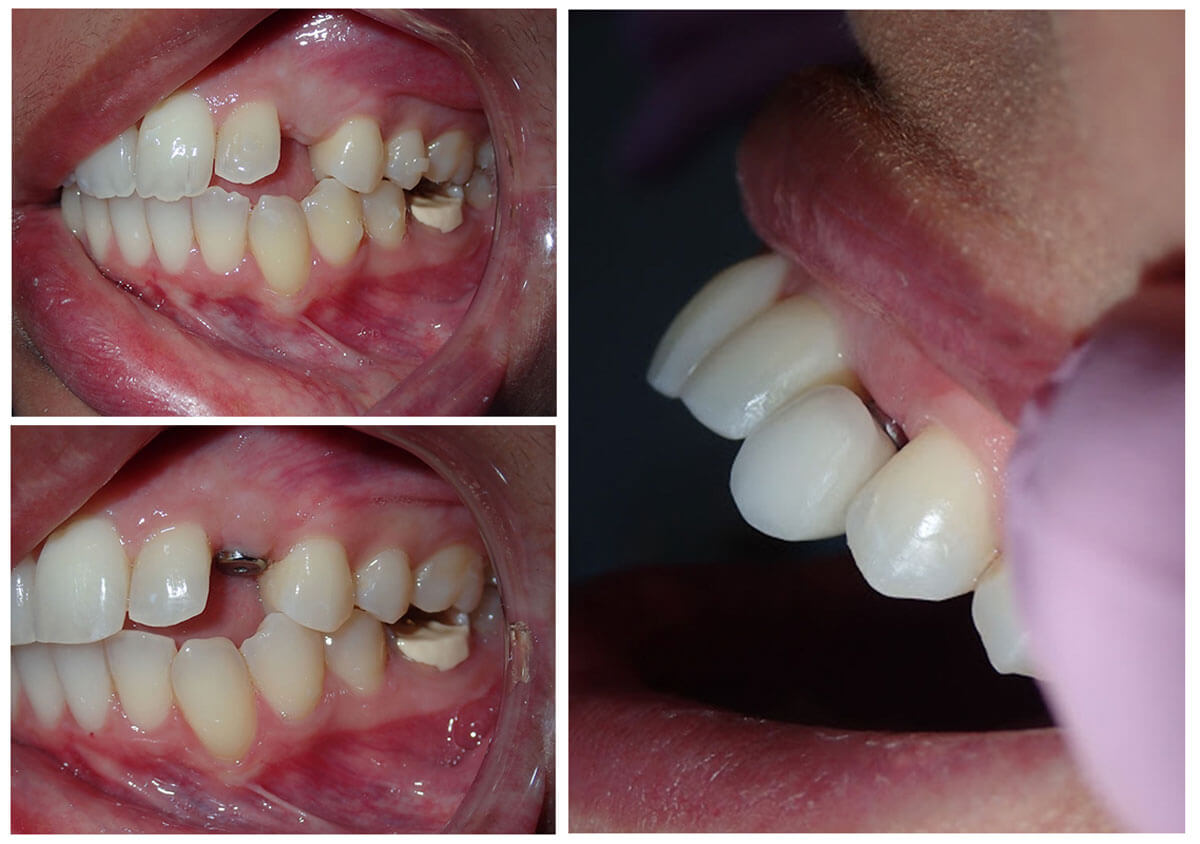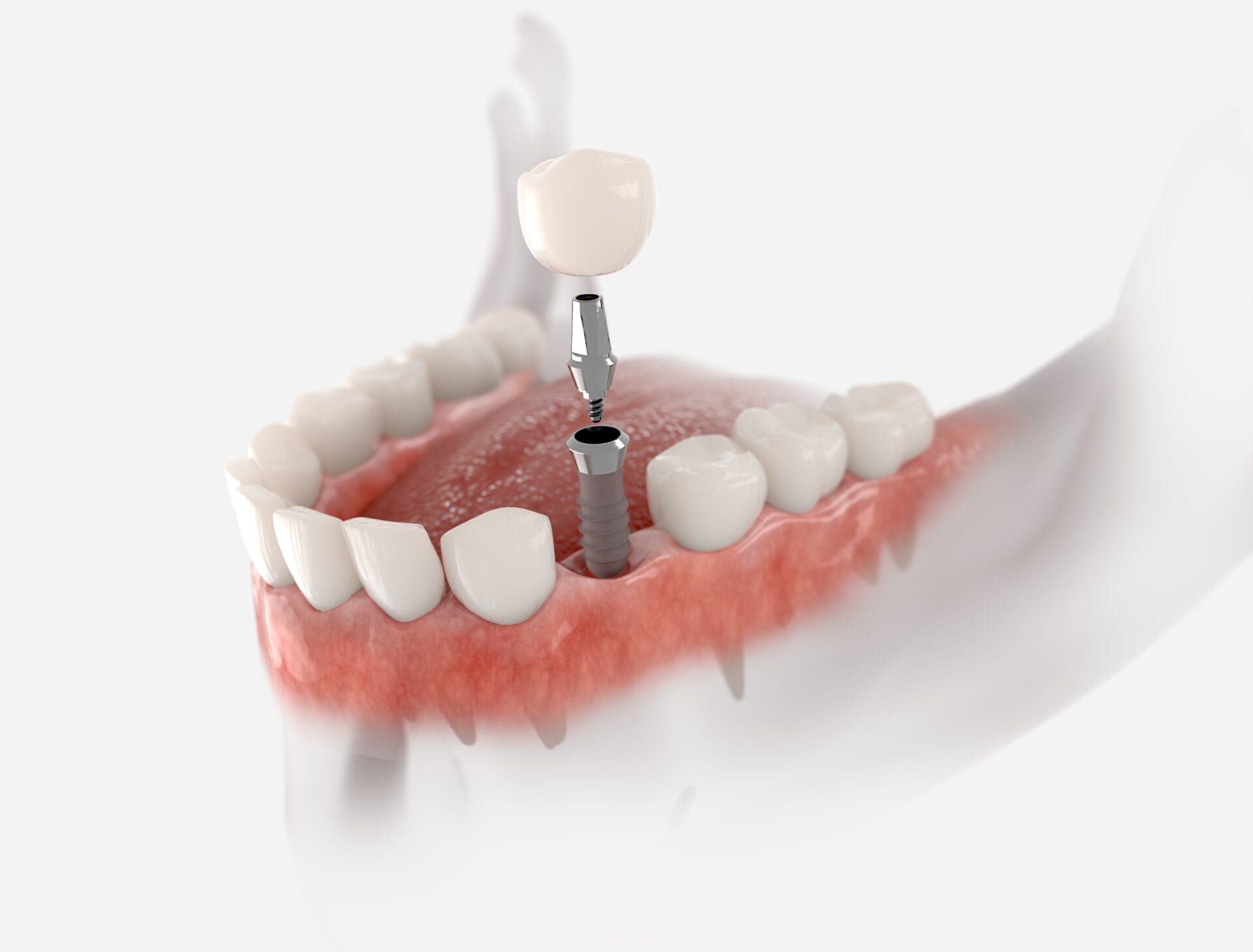Experience the current Advancements in Oral Implants Technology
As the area of dentistry remains to progress, the innovations in oral implant modern technology have been nothing short of amazing. From using sophisticated materials that boost resilience to the implementation of digital imaging for precise positioning, these developments are changing the landscape of oral treatment. With minimally invasive surgical strategies and the customization capabilities of 3D printing, people currently have actually accessibility to customized remedies that were as soon as unbelievable. Furthermore, the combination of modern technology is revolutionizing the functionality of oral implants, assuring enhanced end results and patient satisfaction.
Advanced Materials for Boosted Durability
In the world of dental implants technology, the combination of innovative materials has actually significantly added to improving longevity and durability of these critical dental prosthetics. The use of materials such as titanium alloys, zirconia, and ceramic substances has reinvented the area by providing raised resistance, stamina, and biocompatibility to deterioration.
Titanium alloys are widely used in dental implants because of their extraordinary strength-to-weight proportion, corrosion resistance, and compatibility with the human body. These alloys guarantee the security and long life of the dental implant by enduring the pressures put in throughout talking and eating, providing a dependable service for patients looking for sturdy tooth substitutes.
Zirconia, a type of ceramic material, has gained popularity for its biocompatibility and natural tooth-like appearance. Its high strength and resistance to put on make it an appropriate option for oral crowns and bridges, boosting the general looks and capability of the dental implant.

Digital Imaging for Specific Positioning
The advancement of oral implants innovation has actually additionally advanced with the integration of digital imaging strategies, ensuring accurate placement of these prosthetics for optimal useful and visual outcomes. Digital imaging plays a critical function in the planning and placement of oral implants by giving in-depth 3D photos of the person's jawbone framework. This innovation allows dental professionals to assess bone thickness, situate crucial structures, and plan the specific setting and angle for dental implant positioning with unequaled accuracy.
By making use of digital imaging, dental professionals can create online surgical guides that function as a roadmap during the dental implant placement treatment. These overviews are personalized for each person, taking into consideration their unique makeup and the preferred outcome. This degree of precision not just boosts the success rate of oral implant treatments however also lowers the risk of problems.
In addition, digital imaging enables dental practitioners to imagine the last prosthetic restoration prior to the real placement of implants, enabling precise preparation and guaranteeing that the outcome fulfills the individual's visual expectations. Generally, the assimilation of electronic imaging innovation has actually revolutionized the field of oral implants, offering people a much more foreseeable, efficient, and patient-specific treatment technique.

Minimally Intrusive Surgical Methods


Advancements in surgical techniques have led to the growth of minimally invasive strategies in the area of dental implantology. These methods aim to reduce injury to the person, reduce recovery times, find more information and improve overall therapy end results. Minimally invasive procedures involve smaller sized cuts, specialized instruments, and progressed imaging modern technologies to exactly put dental implants with marginal interruption to surrounding cells.
One secret aspect of minimally invasive methods is using guided surgical procedure, where 3D imaging and computer-aided style software are employed to intend the implant positioning with fantastic precision. This enables an extra foreseeable outcome and can often remove the need for considerable flap surgical treatment.
Moreover, innovations in materials and dental implant design have actually also added to the success of minimally intrusive strategies. Implants with enhanced surface area properties promote much faster osseointegration, reducing the recovery time required before the prosthetic reconstruction can be placed.
3D Printing for Personalized Solutions
Making use of 3D printing technology in oral implantology permits the production of highly customized remedies tailored to private client needs and anatomical variations. This advanced technology allows oral experts to create and make oral implants with remarkable accuracy and precision. By making use of electronic imaging techniques, such as cone beam of light computed tomography (CBCT), comprehensive 3D versions of the person's mouth can be produced to lead the dental implant planning process.
One of the essential advantages of 3D printing in dental implantology is the capacity to create patient-specific implants that perfectly fit the distinct composition of each person. This customized method assists boost the general success and durability of review the implant by making certain optimum fit and alignment. Furthermore, 3D printing enables the manufacturing of intricate geometries and detailed structures that would be challenging or impossible to attain making use of traditional production approaches.
In addition, 3D printing modern technology allows dentists to streamline the implantation process, reducing surgical procedure time and boosting general client experience. With its capability to create customized remedies swiftly and effectively, 3D printing is transforming the field of oral implantology, offering individuals cutting-edge therapy options and improved end results.
Integrated Innovation for Improved Performance
Implementing advanced innovation in dental implantology improves functionality and accuracy, raising the requirement of take care of patients undertaking implant treatments. Integrated technology plays a crucial role in improving the total success and longevity of dental implants. One essential development is the assimilation of electronic scanning and imaging innovations, such as cone-beam calculated tomography (CBCT) and intraoral scanners. These tools allow for in-depth 3D imaging of the client's dental structures, assisting in precise therapy planning and dental implant placement.
Additionally, the assimilation of computer-aided design and computer-aided manufacturing (CAD/CAM) innovation makes it possible for the production of customized dental implant restorations with outstanding precision. CAD/CAM systems make use of digital impressions to create prosthetics that flawlessly fit the patient's distinct composition, guaranteeing ideal convenience and capability. Additionally, making use of robotic-assisted surgical treatment in dental implant positioning boosts accuracy and reduces the threat of human mistake.
Verdict
To conclude, the latest innovations in dental implants modern technology offer enhanced resilience through advanced products, specific placement with digital imaging, minimally intrusive medical methods, personalized services with 3D printing, and improved capability with incorporated modern technology - Dental implants Kent. These advancements in oral implants modern technology are changing the area and supplying people with even use this link more efficient and reliable therapy options for recovering their smiles and dental health and wellness
The integration of modern technology is revolutionizing the performance of oral implants, guaranteeing boosted outcomes and person satisfaction.
The development of oral implants innovation has additionally progressed with the combination of electronic imaging techniques, making sure accurate placement of these prosthetics for ideal useful and aesthetic results. Minimally intrusive surgical procedures entail smaller cuts, specialized tools, and advanced imaging innovations to specifically put dental implants with very little disturbance to bordering tissues.
Carrying out sophisticated technology in dental implantology improves functionality and precision, raising the criterion of care for clients undertaking dental implant procedures. Dental implants Kent. Integrated innovation plays an essential function in enhancing the total success and sturdiness of dental implants